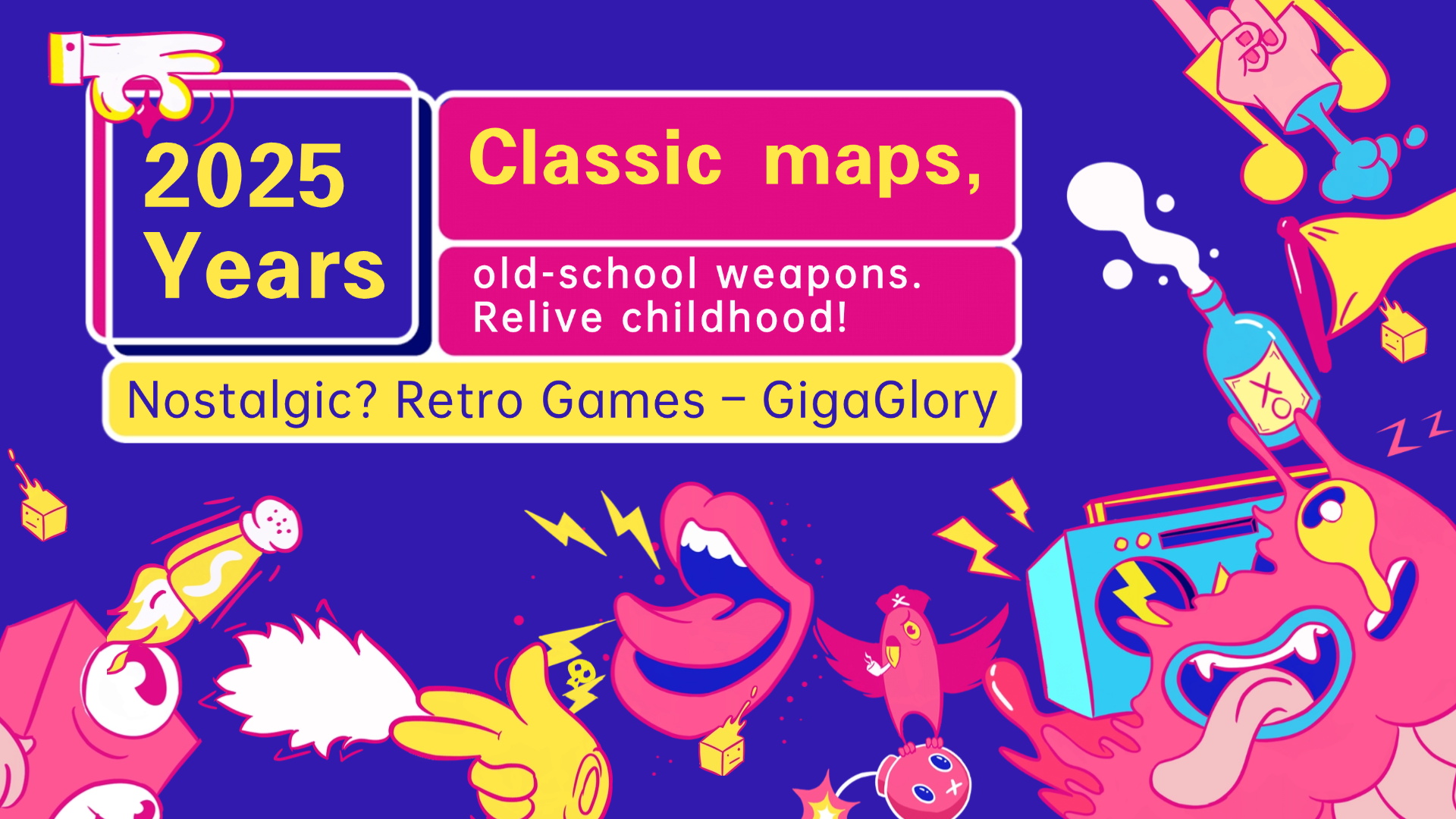Why Casual Games Are Redefining the Future of Gaming Experience
Casual games have emerged as a dominating force in the gaming industry, capturing the attention and love of players around the globe. Unlike traditional games requiring significant time commitment and skill, casual games offer a more relaxed and accessible experience, which brings something fresh to the table of entertainment and leisure.
The Rise of Casual Gaming
Over the past decade, casual gaming has surged in popularity. With the advent of mobile technology, games that can be played in short bursts have become a staple for many people worldwide. From puzzle games to simple arcade competitions, the spectrum of casual games offers something for everyone.
What Defines Casual Games?
- Accessibility: Casual games are often easy to learn and play. A quick tutorial or even an intuitive user interface makes them appealing.
- Short Play Sessions: Players can enjoy these games without needing to spend hours in front of a screen.
- Social Interaction: Many casual games are designed to be played with friends or shared on social media, giving a sense of community.
Demographic Shift and Audience Engagement
It's not just children or hardcore gamers that are playing these games. Casual games attract diverse audiences, including older adults and parents looking for quick entertainment during their free time. As these demographics broaden, companies are realizing the potential for profit and engagement.
| Demographic | Percentage of Players |
|---|---|
| Teens (13-19) | 25% |
| Adults (20-35) | 45% |
| Older Adults (35+) | 30% |
Impact of Mobile Technology
With smartphones now ubiquitous, casual games can reach anyone with an internet connection. Players can download apps and start playing within minutes, making it easier for casual gaming to thrive.
The Appeal of Simple Design
This genre embraces a minimalist design that focuses on functionality over graphics. Look at successful games in this sphere; they prioritize gameplay over extravagant visuals.
Notable Examples of Casual Games
- Angry Birds
- Candy Crush Saga
- FarmVille
- Flappy Bird
Casual Games vs. Traditional Games
Players often debate whether casual games represent a decline in gaming culture. Traditional games may have deep storylines and complex mechanics while casual games appeal to those looking for quick fun. However, this doesn’t mean casual games lack depth; some contain rich narratives and captivating elements.
Key Differences:
- Time Commitment: Traditional games often require hours of investment.
- Skill Levels: Casual games are typically easier to master.
- Target Audience: Casual games bring in a wider audience.
Innovations Leading the Casual Game Revolution
The future of casual gaming will benefit from emerging technologies. Augmented reality (AR), for instance, enhances player immersion without compromising accessibility. With platforms like AR, people can enjoy gaming experiences without being tied to a console or PC.
Future Trends in Casual Gaming
Developers are always on the lookout for new ways to keep players engaged. Here are some trends currently shaping the industry:
- Gamification of Everyday Tasks: Apps that turn chores into fun challenges.
- Increased Social Features: Enhanced connectivity among players.
- Integration of Virtual Reality: Making casual games more immersive than ever.
Challenges within the Casual Gaming Industry
While it's easy to get swept up in the excitement of casual gaming, there are challenges that exhibit process efficiency and player engagement:
Common Obstacles:
- Market Saturation: With so many casual games available, standing out becomes a challenge.
- User Retention: Keeping a player engaged can be difficult.
- Monetization: Designing fair in-app purchase systems.
Popular Genres of Casual Games
The casual gaming landscape encompasses various genres, catering to different tastes and preferences:
- Puzzle Games
- Match 3 Games
- Endless Runners
- Simulation Games
Conclusion: The Future of Casual Gaming
Casual games have redefined what it means to play and engage with video games. As the industry continues to grow and evolve, embracing technologies and trends will be pivotal to maintaining player interest. Whether young or old, casual games are breaking the walls of traditional gaming and creating a community of players willing to dive into quick adventures. Casual gaming is here to stay, and its influence on the future of gaming is undeniable.
FAQ
What are casual games?
Casual games are designed for easy accessibility, requiring less time and skill commitment compared to traditional video games, often played in short bursts.
Why have casual games become so popular?
The rise of mobile technology and their inclusivity in attracting a broader audience has made casual games more widespread.
How do casual games differ from traditional games?
Casual games typically offer simpler gameplay and shorter play sessions, while traditional games often involve deeper storylines and longer time commitments.



